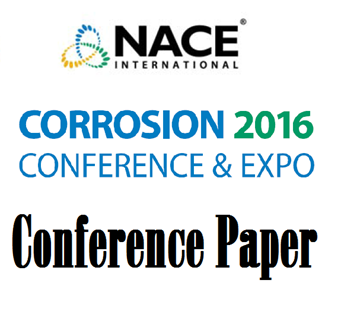Search
98612 EFFECT OF CONTAMINANTS ON FBE PERFORMANCE
Also Purchased
Fusion Bonded Epoxy Coatings (FBE) and Disbondment
Product Number:
51316-7246-SG
ISBN:
7246 2016 CP
Publication Date:
2016
$20.00
00757 FBE, a Foundation for Pipeline Corrosion Coatings
Product Number:
51300-00757-SG
ISBN:
00757 2000 CP
$20.00
51312-01298-Non-Osmotic Blistering Mechanism in FBE Coatings
Product Number:
51312-01298-SG
ISBN:
01298 2012 CP
Publication Date:
2012
$20.00
Recently viewed




